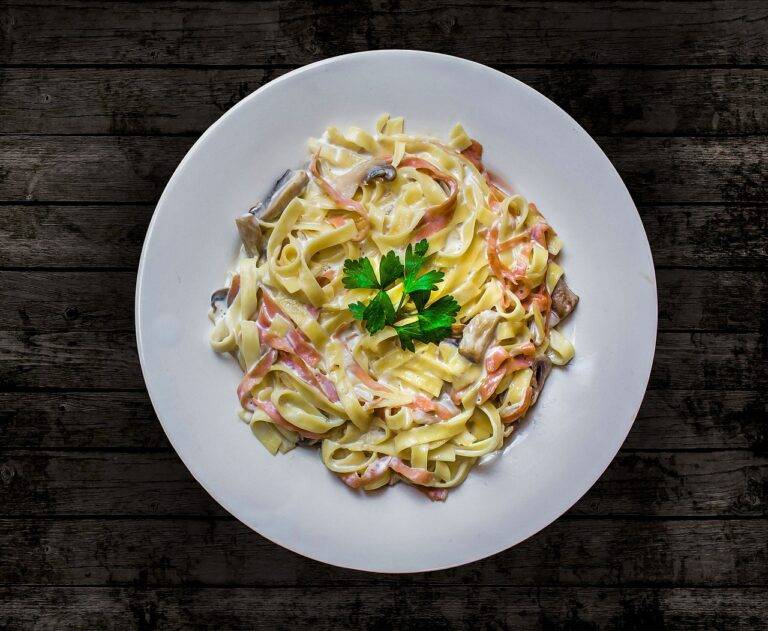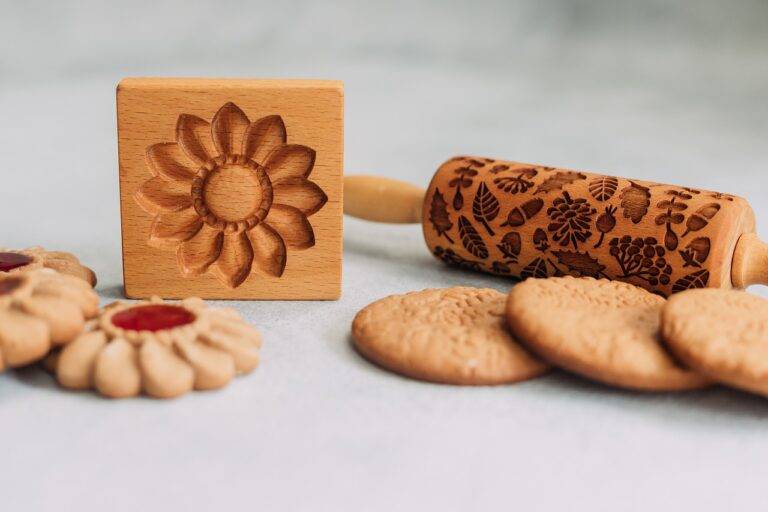The Future of Food: Innovations in 3D Printing Technology
3D printing technology has revolutionized the food industry by offering innovative ways to create edible designs and dishes. This cutting-edge technology enables chefs and food professionals to push the boundaries of culinary creativity, turning imagination into tangible creations. By using food-grade materials and specialized printers, intricate and customized food items can be produced with precision and consistency.
One of the key aspects of 3D printing in the food industry is its ability to cater to individual dietary needs and preferences. Whether it is crafting unique shapes, textures, or flavors, 3D printing allows for personalized culinary experiences that meet specific requirements. Moreover, this technology opens up avenues for mass customization in food production, offering a glimpse into the future of personalized nutrition and gastronomy.
Applications of 3D Printing in Culinary Arts
3D printing technology has revolutionized the way culinary professionals create intricate food designs and innovative dishes. Chefs can now use 3D printers to craft customized molds and shapes with precision and consistency that was previously unattainable by traditional methods. This opens up a world of possibilities for chefs to experiment with textures, flavors, and presentations, pushing the boundaries of culinary artistry.
In addition to enhancing the aesthetics of dishes, 3D printing in culinary arts allows chefs to cater to specific dietary needs and preferences. With the ability to control ingredient composition and portion sizes, chefs can create personalized meals tailored to individual dietary restrictions or health requirements. This level of customization not only improves the dining experience for customers but also demonstrates the potential of 3D printing technology to revolutionize the way food is prepared and consumed.
Advantages of 3D Printed Food
3D printed food offers precise customization, allowing chefs and food manufacturers to create intricate designs and shapes that would be challenging to achieve using traditional methods. This level of precision opens up a new world of creativity in the culinary realm, enabling the production of visually stunning dishes that can elevate the dining experience for customers. Moreover, the ability to control the composition of the food at a molecular level enables the incorporation of specific nutrients and flavors, catering to individual dietary requirements and preferences.
In addition, 3D printed food has the potential to address food waste by optimizing ingredient usage and reducing excess scraps in the production process. With the ability to layer ingredients precisely, this technology minimizes the amount of raw materials needed for creating dishes, leading to more sustainable practices in the food industry. By promoting efficiency and reducing wastage, 3D printed food not only benefits the environment but also offers cost-effective solutions for businesses looking to streamline their operations.





